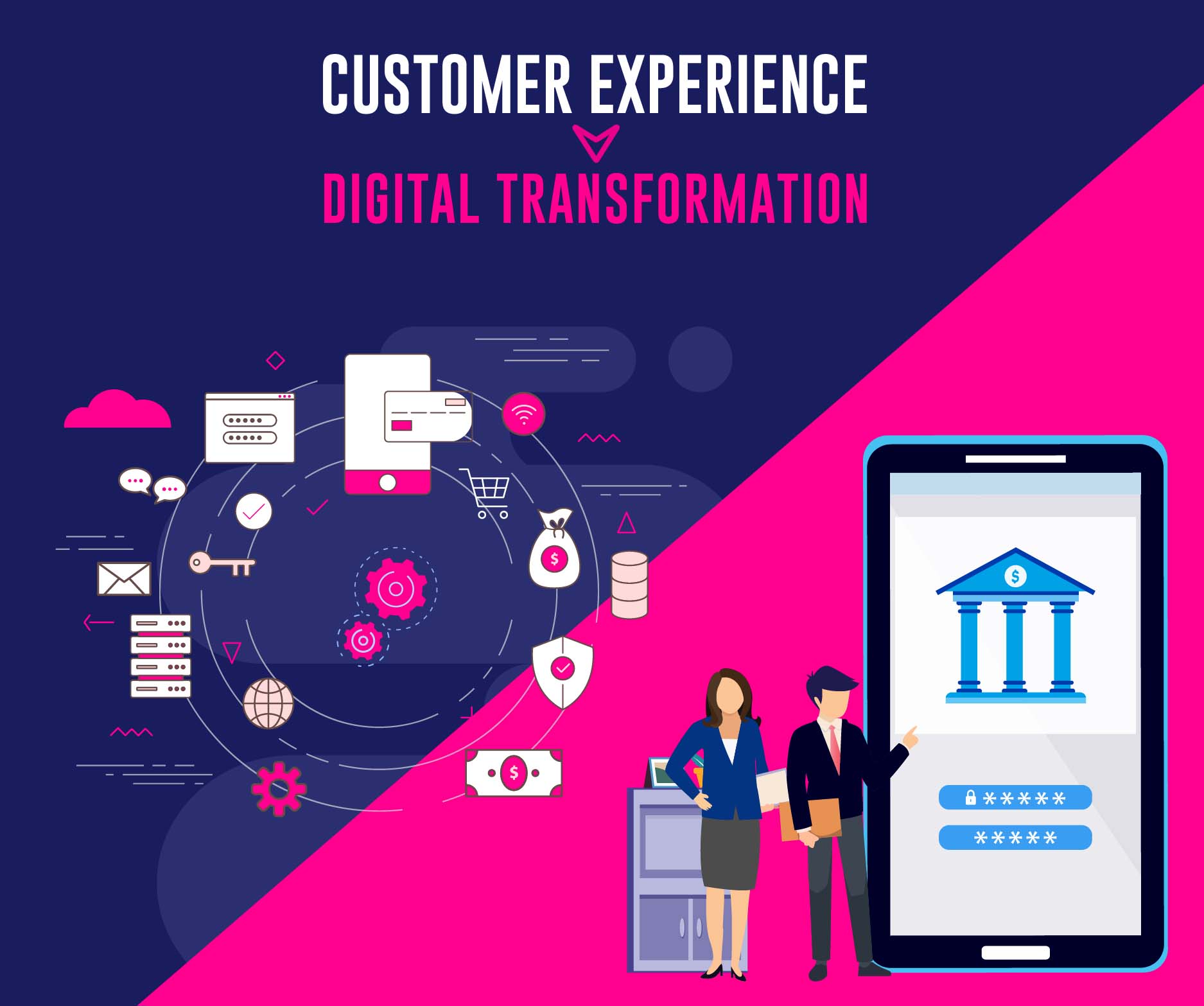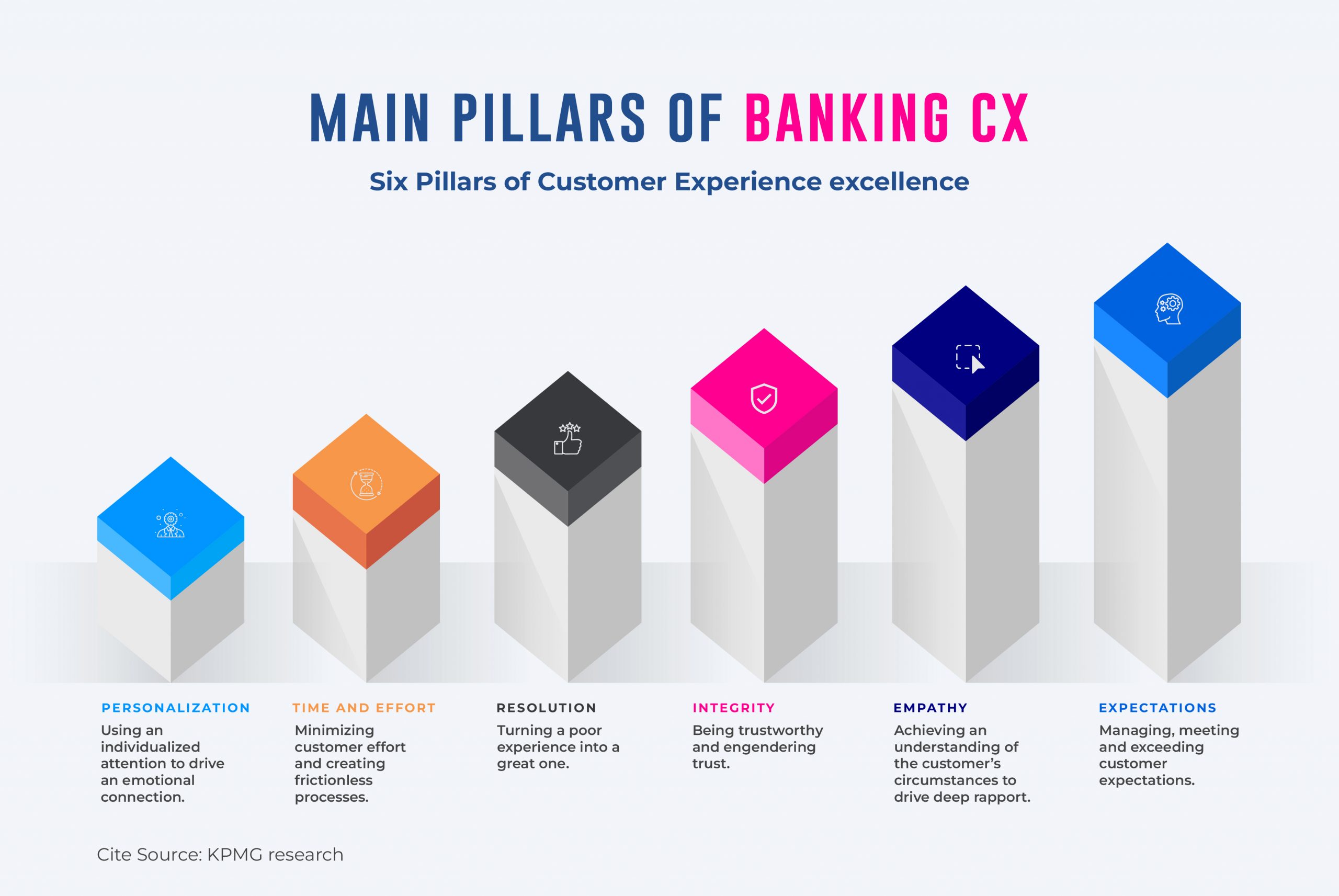Customer Experience on Digital Platforms is Changing

“Digital first” refers to the need to be, think, and build a better customer experience in a digital way, which is constantly changing. This method combines what customers want with what’s popular in the digital world. It lets businesses come up with new goods and services.
How can a business use a digital method to improve the user experience? The answer comes in the digital trends that are happening now, which are bringing businesses closer to their customers.
In digital change, the customer experience is one of the most important things. Or, to put it another way, many digital transformation projects come from pain points, business/innovation needs, and the need for growth or change on the customer (experience) side of the business. These are caused by the growing importance of an end-to-end approach to improving the customer experience, which is caused by changes in customer expectations and the experiences that the best-in-class companies give.
Partnering with domain experts in Digital Transformation, Data Tech, and the Customer Experience in Banking, like Maveric Systems, empowers leading FIs to exceed targets and seize market momentum across product and services verticals.
Critical Considerations for Customer Experience in Banking
- Enterprise Integration: The customer experience level of digital transformation is about more than just the front-end and customer-facing tasks and touchpoints. It’s a problem for the whole organization and needs help from the back end. It also requires a company-wide plan or, even better, a method for getting to a company-wide program. In practice, you have to start somewhere and take steps, but the goals require that it be done sooner or later. The enterprise-wide method is both a place to start and a stage that changes things.
- People enablement is vital: Bringing together the back-end and front-end is just one part of a more significant task to change how technology and processes work. People are essential to managing the customer experience and optimizing the customer experience as a whole, both on the inside and with the customer. You could imagine a situation where a customer-related digital transformation is done to improve the customer experience, but the customer doesn’t use any digital technology in the process. This might happen less often as digital becomes more common in the customer journey and experience, no matter what age or segment the customer is in.
- Threading Strategy, Business, and Customer Experience: Managing the customer experience (in the true sense of designing interactions with customers to meet or exceed their standards) and making it the best it can be, giving the business transparent and measurable results. But each organization is unique. Knowing “why” you are trying to improve the customer experience is essential. The question is not just “what” and “how” but also “why.” In other words, changing processes and using technology to make the customer experience better is one thing. Transformation and the reasons for it are another.
- Strengthening the connection: McKinsey says that a digital change in the customer experience can boost a company’s sales by 20% to 50%. Businesses are obsessed with giving their customers the best possible experience. Customers’ needs and expectations are changing because the best-in-class companies offer digital customer experiences. Digital customer experience is now best shown by companies like Amazon. Amazon is now a global company. The company is focused on long-term growth by putting the customer first and using technology. In the same way, businesses like Uber, Starbucks, and Zappos put people at the center of what they do.

Conclusion
Companies worldwide are inspired and influenced by digital transformation to change their business models and adapt to the digital transformation path. The customer experience has been completely changed by using digital tools in business processes and the company’s culture. Thanks to digital technologies like machine learning, automation, bitcoin, IoT, and more, customers can get almost exactly what they want when they need it. Customers’ standards have changed because of these new digital technologies, making a new kind of modern buyer.
Before making or changing any touch points or features, you should think about what the customer needs and wants. To understand the customer experience, you need to look at the customer’s journey. Don’t leave anything out. Look at what the most successful companies do better than you and learn from them. Use everything you’ve learned from analytics, customer comments, and other places. Work with other teams to give customers excellent digital customer service.
About Maveric Systems
Starting in 2000, Maveric Systems is a niche, domain-led Banking Tech specialist partnering with global banks to solve business challenges through emerging technology. 3000+ tech experts use proven frameworks to empower our customers to navigate a rapidly changing environment, enabling sharper definitions of their goals and measures to achieve them.
Across retail, corporate & wealth management, Maveric Systems accelerates digital transformation through native banking domain expertise, a customer-intimacy-led delivery model, and a vibrant leadership supported by a culture of ownership.
With centers of excellence for Data, Digital, Core Banking, and Quality Engineering, Maveric Systems teams work in 15 countries with regional delivery capabilities in Bangalore, Chennai, Dubai, London, Poland, Riyadh, and Singapore.
View












